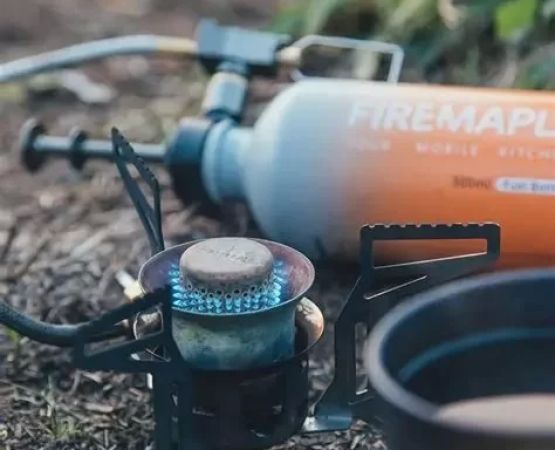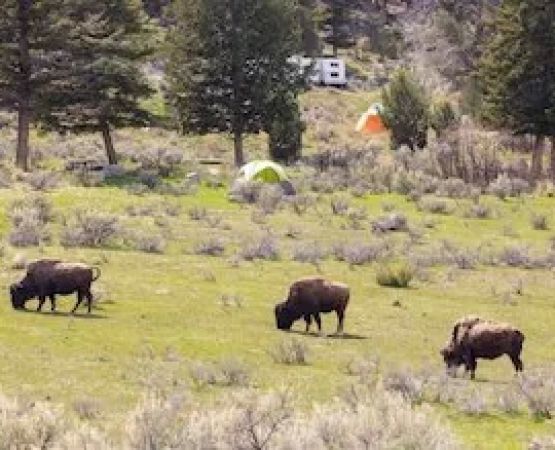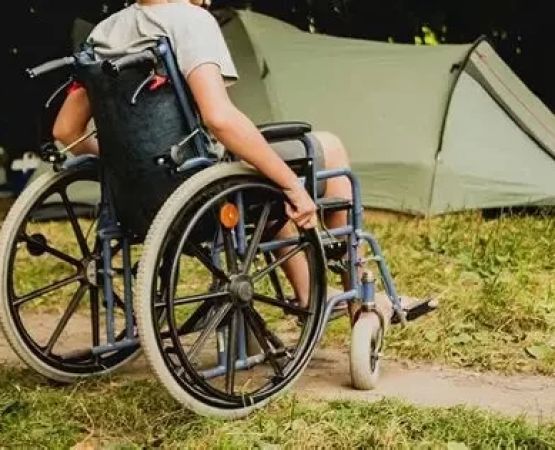- Understanding Flash Floods While Camping
- Choosing Safe Camping Locations
- Early Warning Signs and Weather Monitoring
- Essential Gear for Flash Flood Preparedness
- Real-Life Camping Flash Flood Experiences
- Steps to Take During a Flash Flood
- Long-Term Safety Preparation and Mindset
Understanding Flash Floods While Camping
Flash floods are sudden, intense surges of water that can overwhelm natural landscapes in a matter of minutes. For campers, they pose one of the most significant risks because they often strike without much warning. Understanding how to prepare for a flash flood while camping begins with recognizing the potential dangers of setting up near rivers, streams, or low-lying areas. These floods often occur after heavy rainfall upstream, even if the weather appears calm at your campsite. Knowing this helps campers approach the outdoors with caution and the right mindset for safety.
Choosing Safe Camping Locations
The first step in flash flood preparedness is campsite selection. Experienced campers recommend avoiding valleys, canyons, and dry riverbeds that may look harmless but can turn into torrents of water in minutes. Instead, choose elevated terrain that provides a natural barrier from rushing water. While camping in popular outdoor destinations across the U.S., many families have learned that even a light drizzle upstream can cause unexpected flooding downstream. Pine Cliff Resort often emphasizes choosing safe, accessible locations that not only offer natural beauty but also minimize exposure to these risks.
Early Warning Signs and Weather Monitoring
Technology plays an essential role in preparing for flash floods while camping. Checking weather forecasts before your trip is critical, but ongoing monitoring with portable radios or weather apps can save lives. For example, darkening clouds, distant thunder, or a sudden rise in stream levels can all signal incoming danger. Campers should always familiarize themselves with the local emergency alert systems in the areas they visit. Many stories from national parks illustrate how listening to early weather warnings has allowed campers to evacuate just in time, avoiding devastating consequences.
Essential Gear for Flash Flood Preparedness
Packing the right gear is another key step in learning how to prepare for a flash flood while camping. Waterproof bags, lightweight tarps, headlamps, and a reliable first-aid kit are must-haves. Additionally, having a portable weather radio and maps of the area ensures you are not relying solely on cell service. Outdoor enthusiasts also recommend quick-dry clothing and sturdy footwear for navigating wet terrain. In survival accounts, those who had minimal but essential gear often reported being better equipped to handle the sudden chaos of a flash flood emergency.
Real-Life Camping Flash Flood Experiences
One memorable story comes from a group of campers in Arizona’s desert canyons, where sudden rainfall miles away caused flash floods that swept through their camp within 20 minutes. Their survival depended on quick decision-making and prior knowledge of climbing to higher ground. Another account from the Appalachian region highlighted how a family’s preparedness with waterproof storage saved not only their supplies but also provided them shelter when their tents were compromised. These real-life experiences underscore the importance of knowing how to prepare for a flash flood while camping before disaster strikes.
Steps to Take During a Flash Flood
If a flash flood strikes while you are camping, the immediate priority is safety over possessions. Move quickly to the highest ground possible, avoiding riverbanks or bridges that may collapse under pressure. Do not attempt to cross flowing water, as even shallow levels can sweep you away. Once in a safe location, remain calm and conserve your energy. Sharing your emergency plan with fellow campers beforehand ensures that everyone knows their role, reducing panic in the heat of the moment. Following these steps dramatically improves survival chances during flash floods.
Long-Term Safety Preparation and Mindset
Developing a long-term safety mindset is just as important as responding to the immediate threat. Campers should practice drills, understand escape routes, and discuss scenarios with their group before venturing into nature. Consistency builds confidence, making the response to actual emergencies more automatic. For families and outdoor groups, building safety into the adventure experience enhances both peace of mind and enjoyment. Pine Cliff Resort and similar organizations encourage this proactive approach to outdoor safety, ensuring that campers can embrace nature while minimizing risks.






